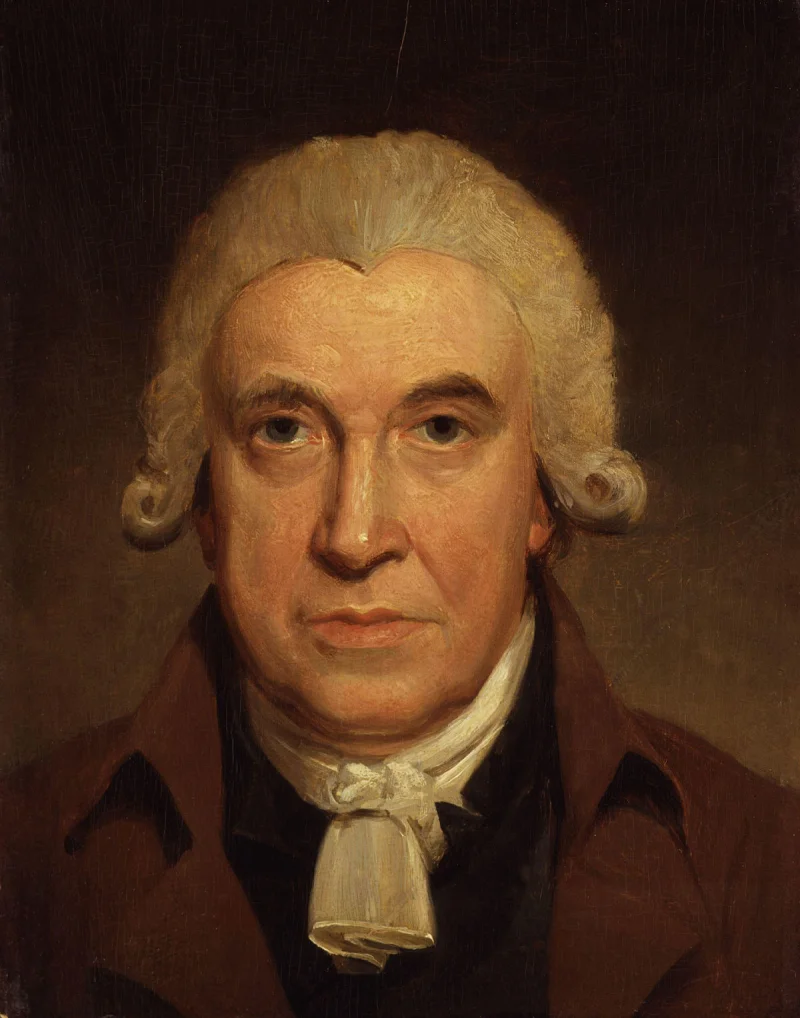Short Summary
Katharine Burr Blodgett was a pioneering American physicist and chemist, renowned for her groundbreaking work in surface chemistry. She was the first woman to earn a Ph.D. in physics from the University of Cambridge, and her most notable achievement was the invention of non-reflective "invisible" glass. Her work had a significant impact on both scientific advancements and practical applications in various industries, making her a key figure in modern chemistry and physics.
Early Life & Education
Born on January 10, 1898, in Schenectady, New York, Katharine Burr Blodgett was the daughter of George R. Blodgett and Katharine Burr Blodgett. Her father was an accomplished patent attorney for General Electric, a company that would later play a significant role in her career. She excelled academically from a young age, earning a scholarship to Bryn Mawr College. After completing her undergraduate studies in 1917, she went on to earn her master's degree in physics from the University of Chicago in 1918. Blodgett then became the first woman to earn a Ph.D. in physics from the University of Cambridge in 1926.
Career Highlights
Blodgett's career was primarily associated with General Electric, where she worked under the mentorship of Irving Langmuir, a Nobel Prize-winning chemist. She joined the company in 1918 and made significant contributions to the field of surface chemistry. Her most renowned innovation was the development of non-reflective glass in 1938, achieved through the application of a single-molecule thick coating on glass surfaces. This technology found applications in cameras, microscopes, and eyeglasses, revolutionizing the optics industry. Her career at General Electric spanned over four decades, during which she demonstrated an unwavering commitment to scientific research and innovation.
Major Achievements
- Invented non-reflective "invisible" glass, enhancing clarity in optical devices.
- First woman to earn a Ph.D. in physics from the University of Cambridge, pioneering in her field.
- Published numerous influential scientific papers on surface chemistry and molecular films.
- Worked with Nobel laureate Irving Langmuir, contributing to advancements in chemistry.
Famous Quotes
- "Science is an adventure in which we destroy the beauty of a myth, so that we may comprehend the marvellous beauty of reality."
Interesting Facts
- Blodgett held eight U.S. patents, showcasing her innovative spirit.
- Her invention of non-reflective glass was initially inspired by a soap film's thinness.
- She was not only a scientist but also an accomplished pianist and enjoyed writing poetry.
- Blodgett was an advocate for women in science, paving the way for future generations.
Legacy / Influence
Blodgett's work in surface chemistry and her invention of non-reflective glass have left a lasting impact on both scientific research and practical applications in technology. Her contributions significantly advanced the field of optics, benefiting industries ranging from photography to eyeglasses. As a trailblazing woman in a male-dominated field, her career inspired future generations of women to pursue careers in science and technology.
FAQ
Q: Why is Katharine Burr Blodgett famous?
A: She is famous for inventing non-reflective "invisible" glass and being a pioneering woman in physics.
Q: What was her most significant invention?
A: Her most significant invention was the development of non-reflective glass, which is now widely used in optics.
Q: Where did she work for most of her career?
A: She worked at General Electric for over four decades, contributing to advancements in surface chemistry.













